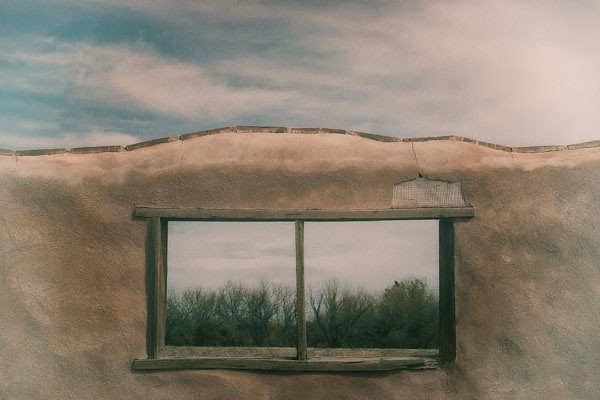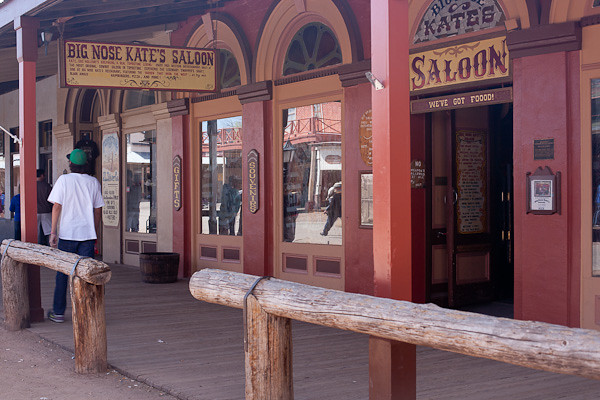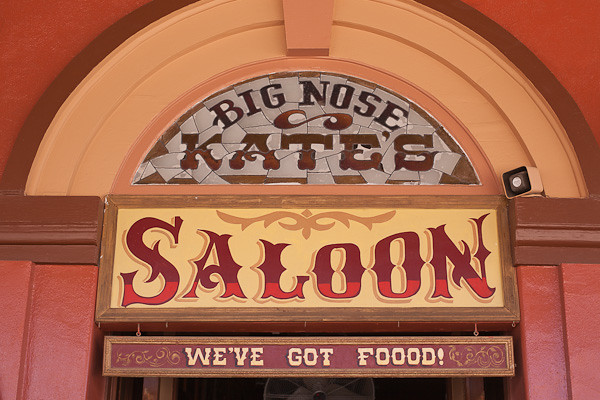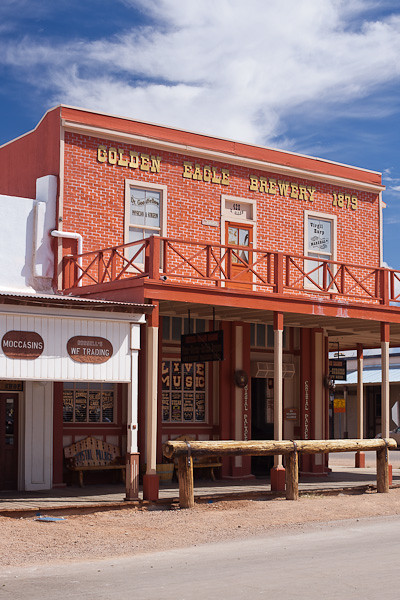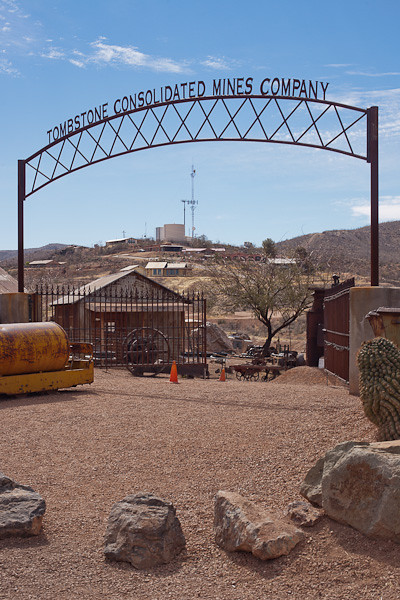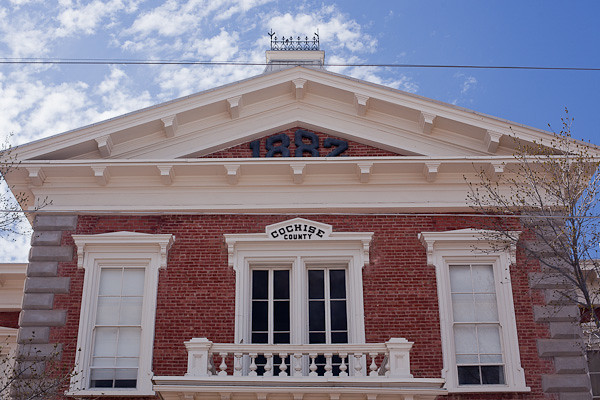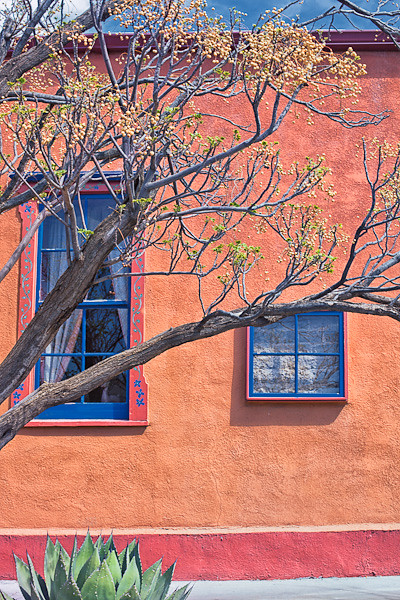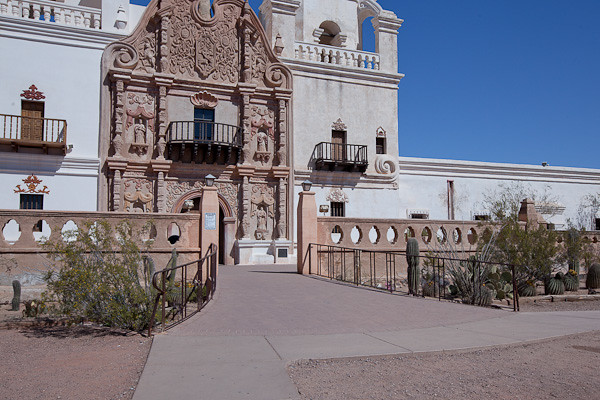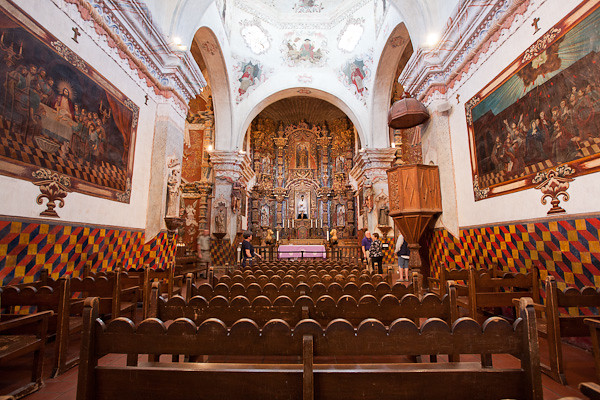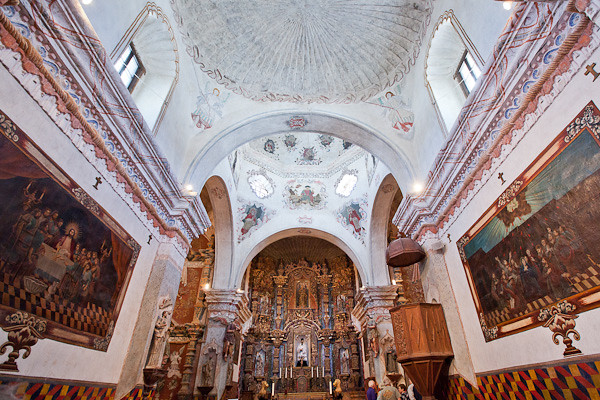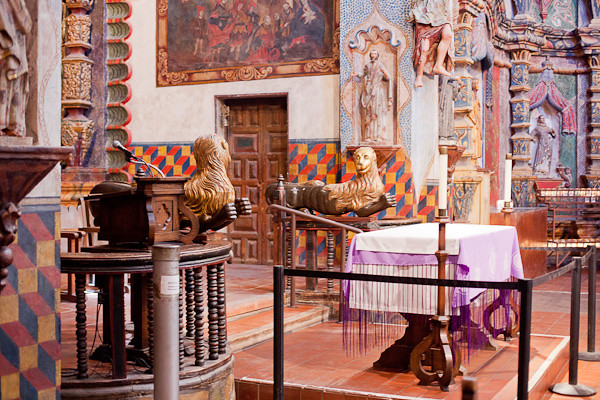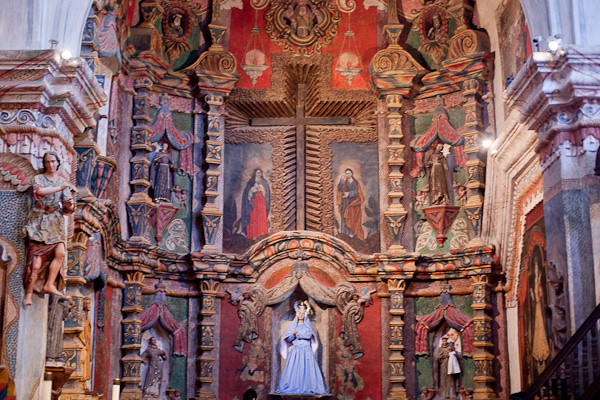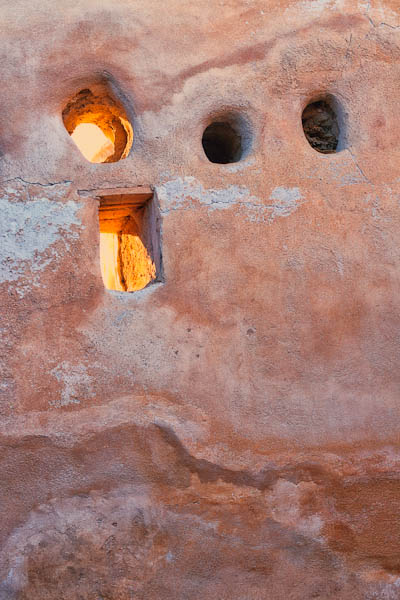Trees are sanctuaries. Whoever knows how to speak to them, whoever knows how to listen to them, can learn the truth. They do not preach learning and precepts, they preach undeterred by particulars, the ancient law of life. ~ Herman Hesse
Trees Are Sanctuaries
1806, The People Build the Church
They make the brick, kiln the lime, raise the walls, lay the roof,
paint murals and sacristy ornamentation, build niches for the statues of the Saints.
They clear the land, build the fences, plant corn and wheat,
and from the priests’ cache of pods and seeds, they plant and then tend
fruit orchards, nut trees, and olive trees.
They learn the ways of the missionaries,
they marry, raise children, care for their sick, weep for their dying, bury their dead.
1827, Weary, Ill, and Wary of Raiding Enemies
Many of the People wrap the statuary in leathery strips of yucca,
the bundled saints cradled like newborn babes
protected from summer’s heat, shifting winds, monsoon thunderstorms,
from damage to their wooden limbs or chipped painted robes or eyes of porcelain marbles.
They walk north, leave the Tumacacori Mountains,
settle in another valley with another priest and another church.
1848, Tumacacori Mission, Deserted in the Desert.
No missionary priest leads his people, crucifix in hand,
his carved cross held high, a silhouette in the blue bowl of sky.
No one gives signal to the last few of the Desert People
who now abandon their homes, possessions, crops;
abandon their church, stacked bricks of adobe, and
precious, the limestone wash, white like angels’ wings;
now the church is an apparition towering amidst the desert grasses, agave, mesquite,
standing in the foreground of the mountains.
2012, A View through the Window
Open to the cool desert nights,
no roof for protection, no doors.
Only the ruins remain, maintained as ruins.
But the window opening frames the cottonwoods, green and tall,
lining the Santa Cruz River, growing.
They hold my fascination. When I walk to the river,
they form the arched roof over my head,
provide a spongy carpet of decaying leaves under my feet.
Wisps of white cottony fluff, seeds for the future, drift on the southwest breeze.
The trees are the sanctuaries.
——————–
Bo Mackison is a photographer and owner of Seeded Earth Studio LLC, living and photographing in southern Arizona. There are also days Bo wanders through Mission ruins, thinks of days long past, and writes poetry.
